Blog post by Jacklyn DeVito ’18.
Dorothy Schefer Faux, Cornell Class of 1969 and renowned fashion and beauty editor, has kept our collection up-to-date with designs from some of the most important contemporary fashion designers of the late 20th and early 21st centuries. During my four years working in the CF+TC (2014 – 2018) I spent time organizing, cataloguing, and researching Ms. Faux’s donations, which gave me insight into pivotal moments in recent fashion history. What makes working in a collection so exciting is that we handle each physical artifact and learn from its materiality, understanding craftsmanship, use and wear patterns, as well as design. I had the opportunity to speak with Ms. Faux about the pieces she chose to donate to the CF+TC and how they connected to her career as a fashion and beauty editor, writer, and entrepreneur.
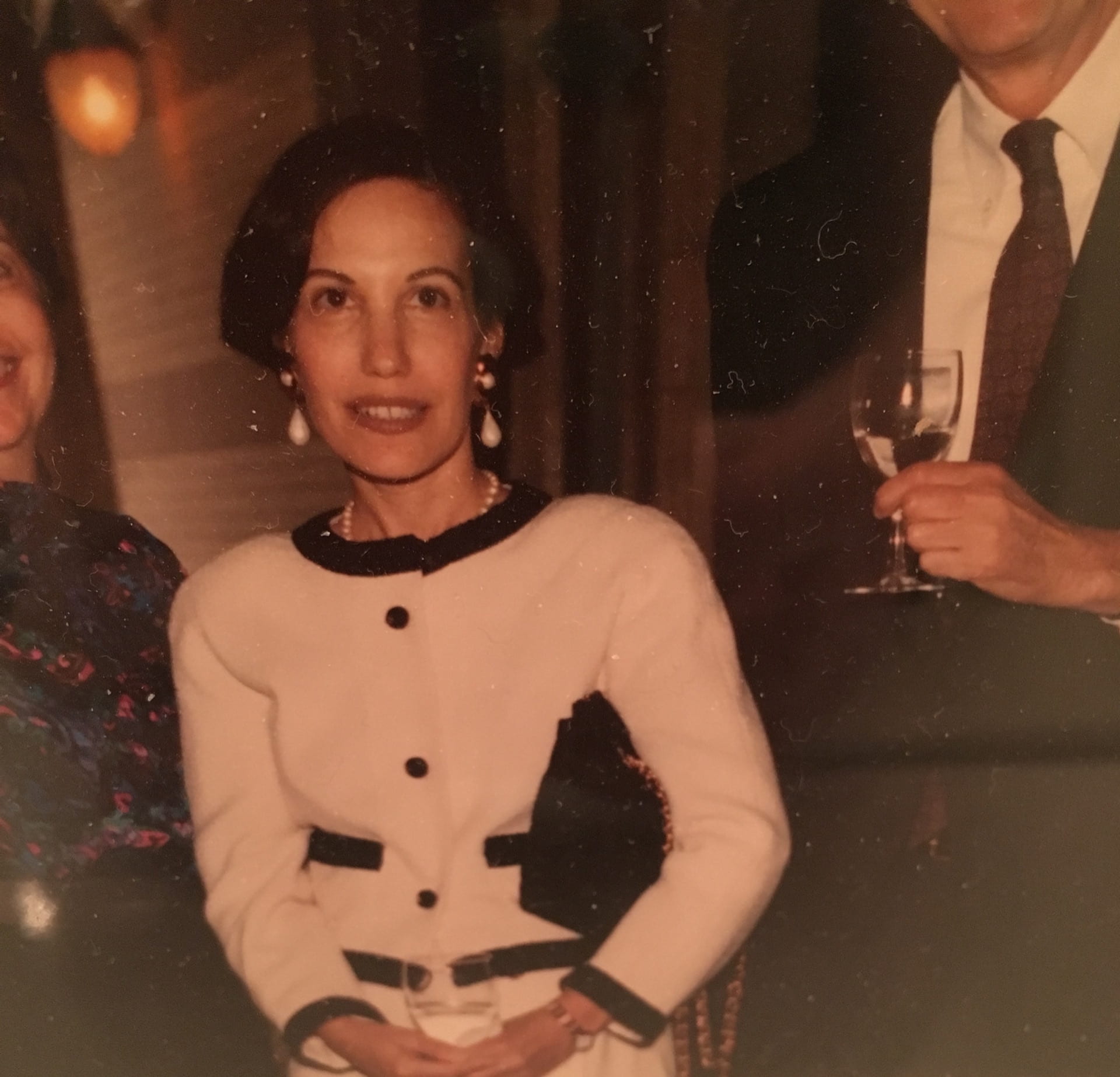
Dorothy at a work-related cocktail party in her signature style. To this day, she still owns and wears the Chanel jacket, Prada purse, and Chanel earrings she’s wearing in the photograph.
Ms. Faux explained that she was inspired to donate her clothes to the CFTC in order to “preserve an editor’s wardrobe.” She initially learned about the Collection through Leo Lerman, an esteemed former editor at Condé Nast. “When I first arrived at Vogue, Leo Lerman said, ‘Cornell has the most important wedding gown collection in the country.’ That immediately interested me in the Collection.”
Ms. Faux describes her style as “simple,” “elegant,” “clothes made of beautiful fabric in beautiful constructions” and “indicative of the times, yet also standing the test of time.” Ms. Faux’s aim as a fashion editor was to select comfortable, wearable clothes that were respectful of women’s bodies and in which women could easily move and work. She understood her position as a role model, and this guided her to choose functional, easy, classic pieces, despite having an array of options at her disposal. She was drawn to items that were “not over-designed, not trend-driven, but classic. Yet I wouldn’t say I’m a minimalist. I would say I’m a modernist.” Her personal style was also political; she wore clothes that made a statement about how she believed women should represent themselves and their place of equality within society. She viewed clothing as a cultural commodity and looked to wear clothing that promoted women. “I believe the dress should never wear the woman; the woman should wear the dress,” she suggested. Ms. Faux sought the collections of new designers in order to try the most current, forward-thinking fashion that aligned with her style. She was intrigued by designers’ thematic interpretations through fabric, construction, and design.
Since I was familiar with many pieces in Ms. Faux’s collection, I was excited to discuss some of my favorites. First, a skirt from John Galliano’s first Givenchy collection – an example of Galliano’s famous bias-cut technique. Ms. Faux pointed out the genius construction of this skirt that elevates such a simple, easy piece. “Galliano’s ability to drape fabric, the way he constructs a bias cut… there’s no one equal to him.”
We also went through a series of Ms. Faux’s donations that she wore to Vogue events during her time as senior editor. In order to accommodate a lifestyle of working full, busy days and then running straight to often-glamorous evening events, Ms. Faux kept a collection of clothes and accessories reserved for her “office-to-evening category of dressing.” One of her go-to designers was Yves Saint Laurent, acclaimed for marrying clean, simple lines with striking details and great attention to tailoring. “What made YSL such a great designer,” Ms. Faux suggests, “was that he took into account women’s needs as he redefined the modernity of dressing… his designs speak to what kinds of clothes women needed. He was very tuned into the working woman.” A great example of this is one of Ms. Faux’s YSL jackets with large, dramatic gold buttons. It is an item so effortless and comfortable for work, with just the right hint of glamour to make it suitable for evening. It embodies the modern flexibility needed by the working woman. Ms. Faux would wear this jacket with just a simple black shell underneath, along with YSL pants, low kitten heels, and “glorious gold earrings.” Yves Saint Laurent made it possible for women to wear pants to work and at night. And Ms. Faux always wore her jackets with YSL pants, as YSL was also the “first to make really great tailored pants for women.”
Another one of Ms. Faux’s wardrobe staples was the classic Chanel “little black” jacket. She notes that the simple Chanel jacket is the perfect example of what she would wear as a fashion editor at Vogue. She wore it so much that, despite this jacket’s strong craftsmanship, there are loose threads at the hems. Ms. Faux appreciates this jacket for its simple, clean lines and uniform quality. She lauded Coco Chanel for being one of the “first modern designers,” describing Chanel’s approach as being “all about tailoring and elegance, and always with a little twist that made her clothes unique and stylized.” Catering to Ms. Faux’s quest for comfortable, work-conducive garments, this Chanel jacket has the added benefit of Chanel’s signature three-quarter sleeves – perfect for writing and editing. As with all Chanel jackets, it can be worn with little to no jewelry and still look polished. Another Chanel hallmark, although Chanel is known for her remarkable costume jewelry.
As a senior editor of one of the most influential fashion magazines in the world, Ms. Faux was tasked with switching up her wardrobe season to season to remain acutely current. At events, she would be prepared to talk about her outfits and why she chose the pieces she did. “There was a big focus on what Vogue editors were wearing,” she remembers.
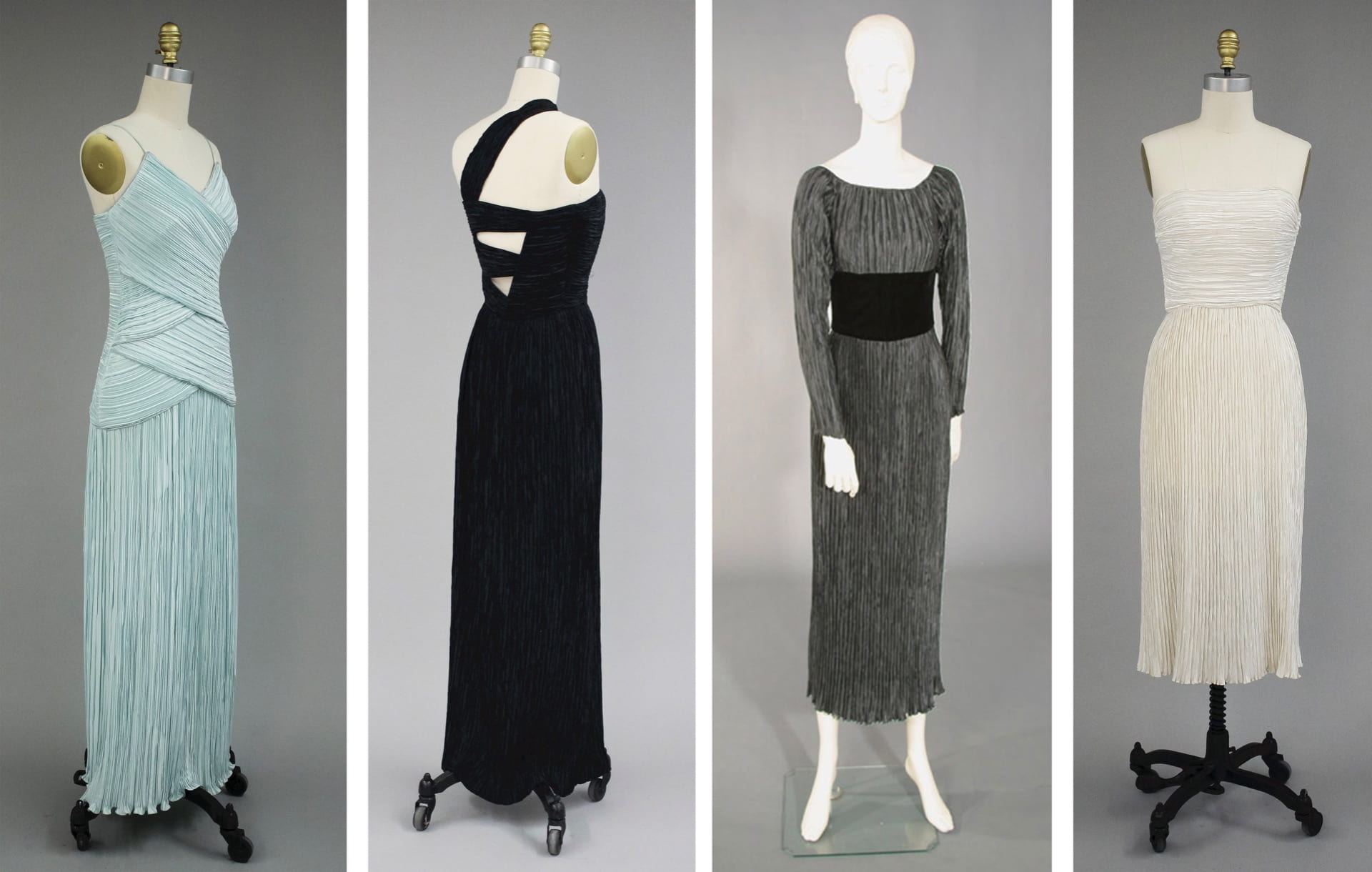
Pleated gowns by Mary McFadden (from left to right, CF+TC 2002.05.026, 2002.05.090, 2002.05.082, & 2002.05.054)
Ms. Faux was also a great supporter of Mary McFadden and was frequently seen in McFadden’s Fortuny-inspired pleated gowns. A Vogue fashion editor herself with an office just a couple doors down from Ms. Faux, Mary McFadden had a unique perspective on women’s fashion. “Mary McFadden had exquisite taste,” Ms. Faux said. “She had a very singular vision, aligned with the classic Greek/Roman style of dressing. Her style was both modern, yet infused with symbolism and classic referencing, and evocative of Fortuny.” Ms. Faux’s collection of McFadden includes an elegant pale blue ballet/tea-length gown, a more “provocative” single-strap black pleated gown, and an Edwardian-style charcoal pleated dress with a black-velvet bodice, which she wore during a pregnancy. Ms. Faux notes that, at the time, “Most women wore big, billowing clothes to hide their pregnancies.” She was “one of the first magazine editors to embrace [her] changing body.”
Ms. Faux and I also reviewed some of her donations which exemplify key moments in fashion history, including revolutionary innovations and new approaches to designing clothes. We discussed her digital-print Burberry shift dress. This print was achieved with a computer-generated print out of Burberry’s traditional tartan, signifying a reinvention of the signature Burberry print. Ms. Faux wore this dress quite frequently during the spring and summer months, and it attracted a very positive reaction. Everyone was excited and fascinated by the dress; it “moved the Burberry brand forward,” merging a timeless, historic tartan reference with a new, forward-thinking technology.
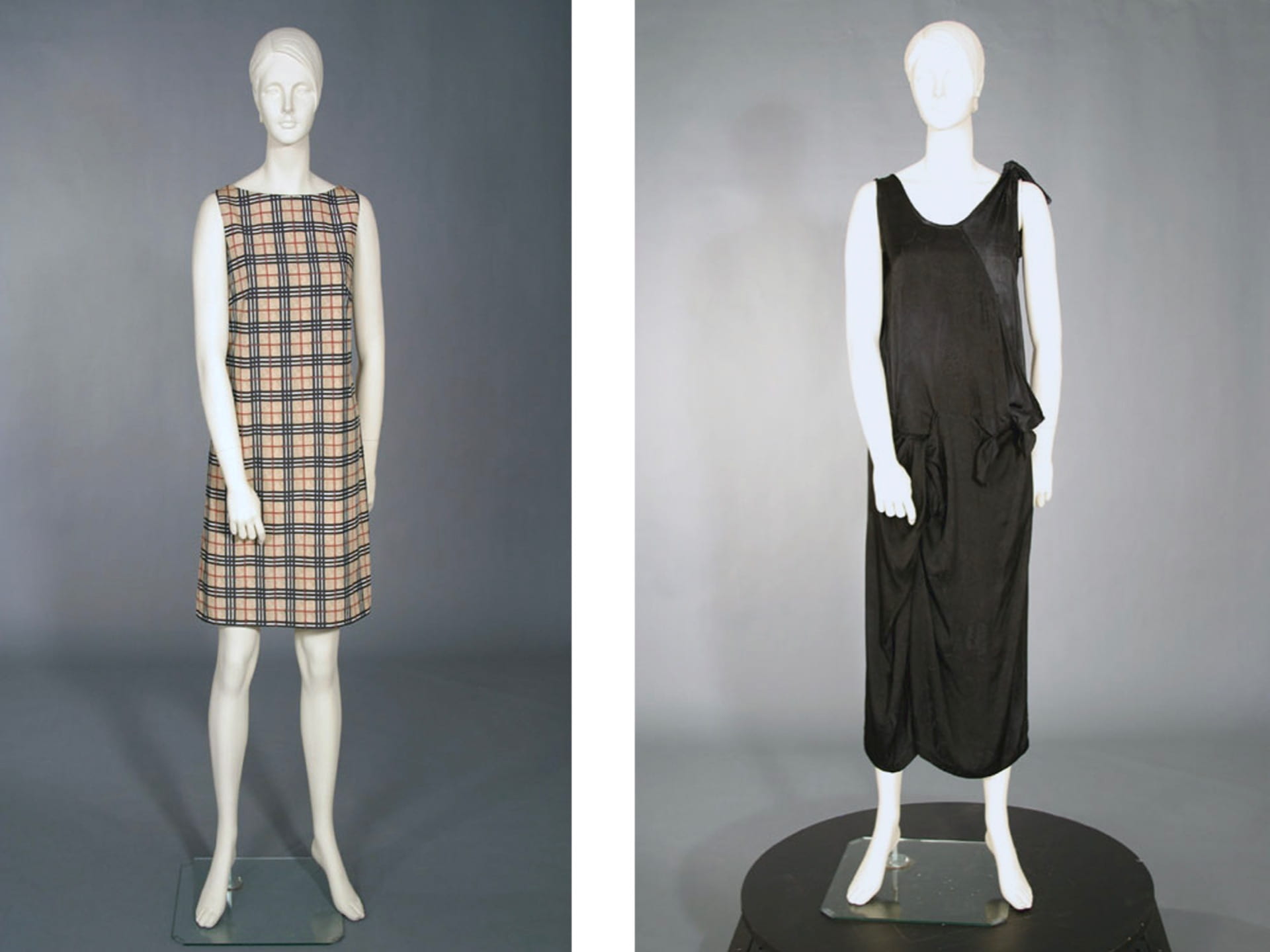
Early example of digital printing by Burberry (CF+TC #2004.07.084) and mid-1980s dress design by Rei Kawakubo for Comme de Garcons (CF+TC #1997.10.002)
Rei Kawakubo, according to Ms. Faux, was “a spirited new designer with very modern thinking,” who came to the scene with a radical point of view and a very political message. Rei “…wove politics into her clothes,” Ms. Faux explained, “That was very new; Rei was one of the first to do this. Whereas YSL’s statement wasn’t political; it was about women, how their lives are changing… as was Chanel’s: her statement was about simplicity, comfort.” Ms. Faux began collecting Kawakubo’s clothes and was particularly interested in trying Rei’s creations in order to fully get a sense of her vision and style while considering the wearability of her designs.
Another piece of clothing that changed the scope of the fashion industry was the 60s-inspired denim mini skirt. Ms. Faux donated a Gap denim skirt from the 1990s as an example of “bottom-up” fashion and the influence of street culture. Ms. Faux began wearing denim skirts at Cornell and continued throughout her years as a magazine editor, sometimes pairing the iconic skirt with a simple white T-shirt, Chanel jacket, and Chanel shoes, usually a ballet flat.
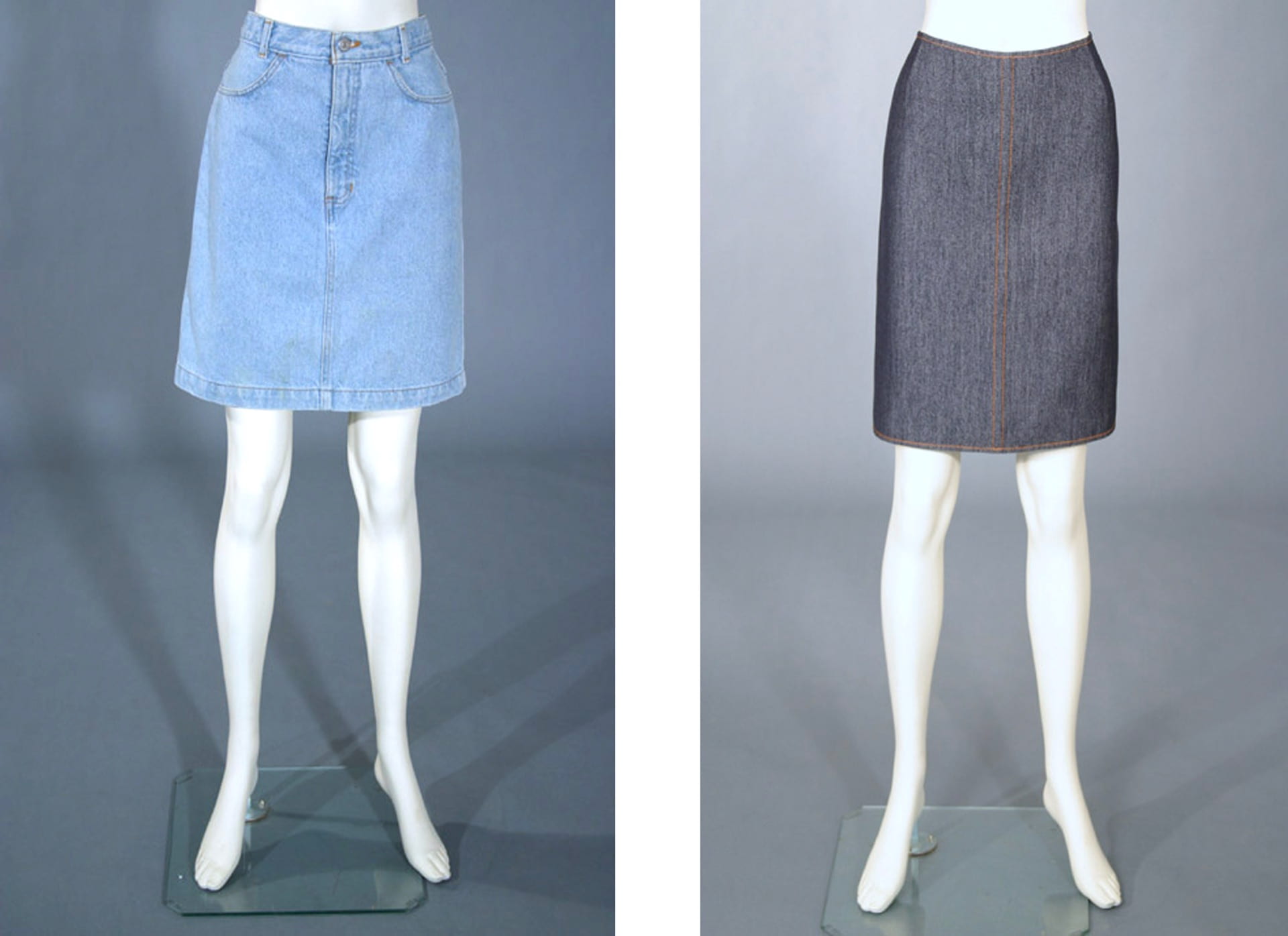
Dorothy’s Gap skirt from the 1990s (left) alongside her Oscar de la Renta skirt from 2001 (right) points to how the denim skirt trend made its way from mass market to high fashion (CF+TC #2002.05.079 & #2004.07.074)
Ms. Faux described her style philosophy as uniform-dressing. “I always had my basic T-shirts, which I frequently wore under jackets. I had a lot of standardization in my dressing.” She, along with the rest of the Vogue editors, needed to project a fashion approach that was attainable for readers. “Every piece of clothing I wore was strategic,” she remembered. Each season, Ms. Faux selected pieces that aligned with her vision of what worked best for women at that time. These would become her staples for the season and would be worn multiple times throughout that season. Despite making new selections each season, Ms. Faux believes her style has remained unchanged over time. “That pea jacket from the Army Navy store that I wore in college? Well, I wore that same pea jacket later on, it just happened to be from YSL.”
Ms. Faux says the Vogue ethos was “exacting and driven” and remarks, “Our standards for women and fashion were high.” Editors guided readers to an understanding of the current state of fashion, providing particular advice on what should be worn for each season and, at the time, a more formal way of dressing. In today’s world, she finds the magazine more “fashion-centric and season-less.” She notes it is now more about an overall creative vision, and a direction involving celebrity and trend-driven fashion, rather than promoting specific looks for the lifestyle of women of the times.
I left our interview inspired by Ms. Faux’s deep appreciation for fashion as a bellwether and complex form of beauty, art, and design, as well as a purveyor of societal commentary and symbolic of modern innovation. I ended our discussion with two final questions, which elicited some great insights on fashion education and the future of the CF+TC.
What role should history play in one’s fashion education? How might we use our knowledge of fashion history to impact the future fashion industry?
“I think the history of fashion, like the history of art or architecture or science or the history of any discipline, is so important to moving the vision and the dialog and the needle forward. It provides reference, tribute, and allows for homage and historical accuracy. I don’t think one can have any worldview in any discipline without the conjecture and study of history. Even Picasso started out as a Classicist. And understanding and archiving our past is crucial to our culture and the preservation of human thought and development. I believe in a history of costume, of fashion, of the arts, of politics and history of women, and of the sciences and the culture. I suppose you can say I believe in the humanities as a basis for anything and everything we do in life. And only by knowing our rich history can we move the needle forward and into a more modern era– and that goes for our clothes, fabrics, manufacturing processes, and fashion design, too.”
What do you hope for the future of the Cornell Fashion + Textile Collection?
“I would love to see it spread its wings in every direction: to create shows that travel, develop joint efforts with other institutions, and exhibitions that come to New York and other cities, and make fashion present in Cornell’s New York City footprint. I would love to see mixed media shows and exhibits that incorporate art and music and tech and culture […] Fashion for me is and always will be a reflection of our culture–of our art, our music, our politics, and our social (r)evolution.”
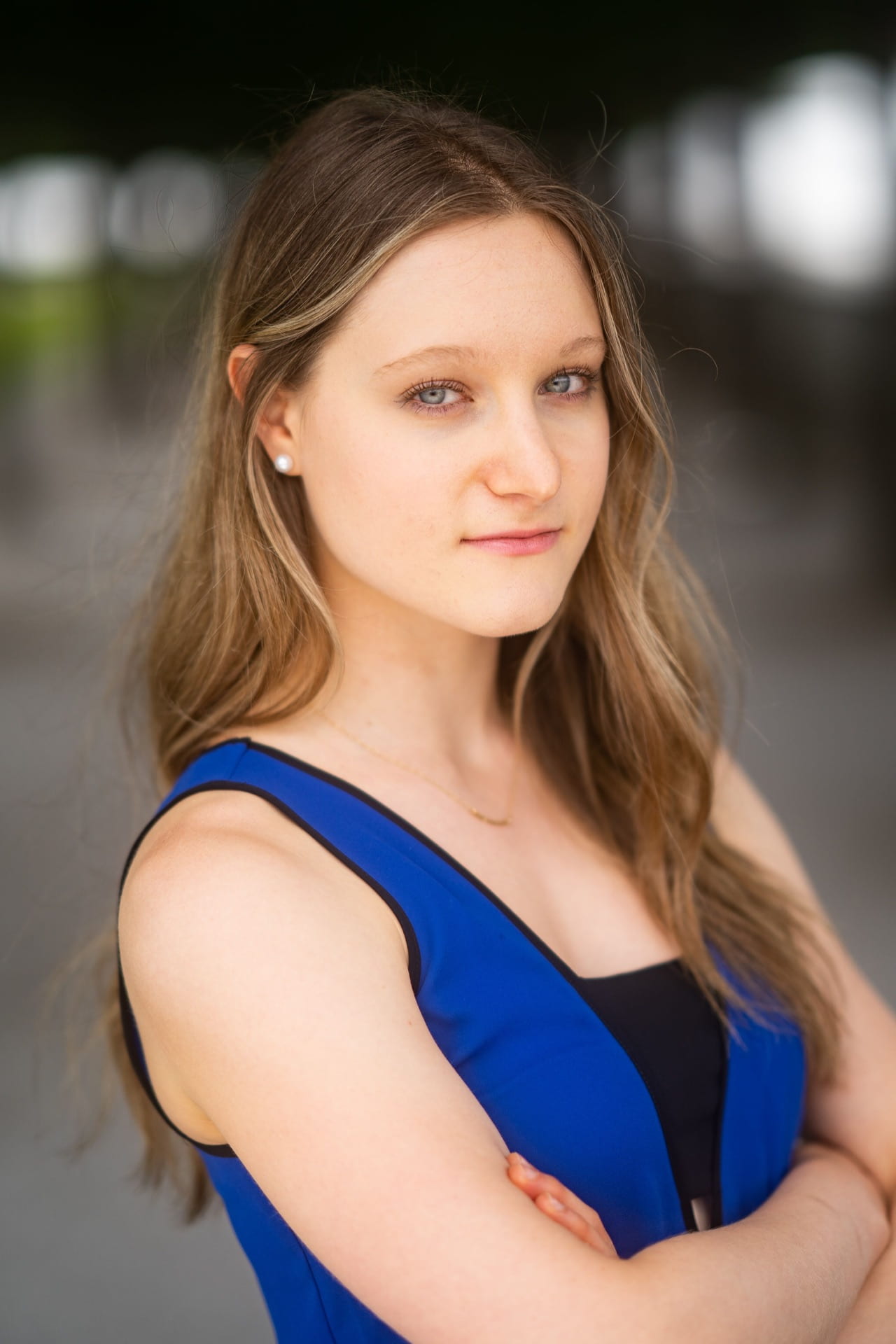 Jacklyn DeVito is an FSAD alumna, Class of 2018, who works in merchandising for American Eagle. She has always been fascinated by fashion’s ability to capture ephemeral moments in time and simultaneously communicate across generations and cultures. While at Cornell, Jackie spent four amazing years feeding this interest as an undergraduate research assistant in the Cornell Fashion + Textile Collection. She cherishes her time with the collection greatly and is excited to watch it reach new heights every year.
Jacklyn DeVito is an FSAD alumna, Class of 2018, who works in merchandising for American Eagle. She has always been fascinated by fashion’s ability to capture ephemeral moments in time and simultaneously communicate across generations and cultures. While at Cornell, Jackie spent four amazing years feeding this interest as an undergraduate research assistant in the Cornell Fashion + Textile Collection. She cherishes her time with the collection greatly and is excited to watch it reach new heights every year.
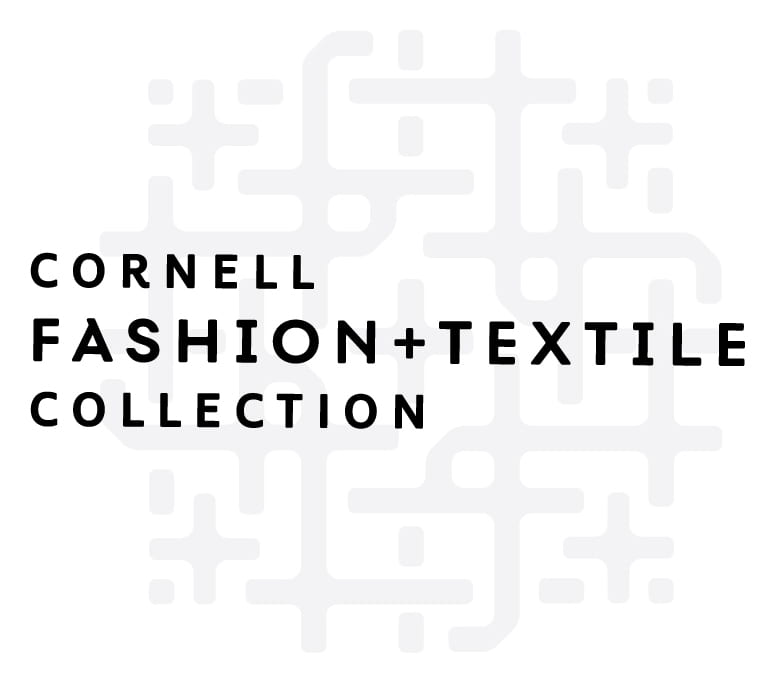
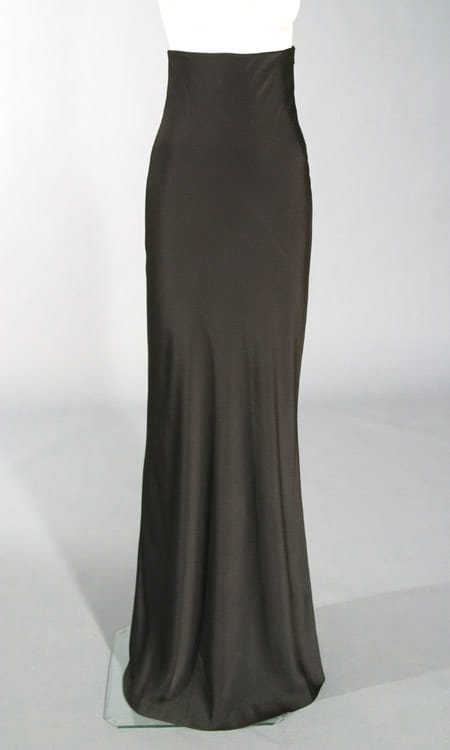

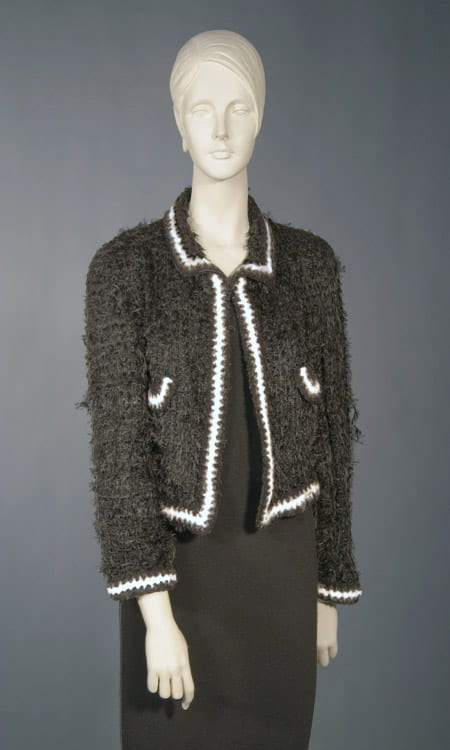
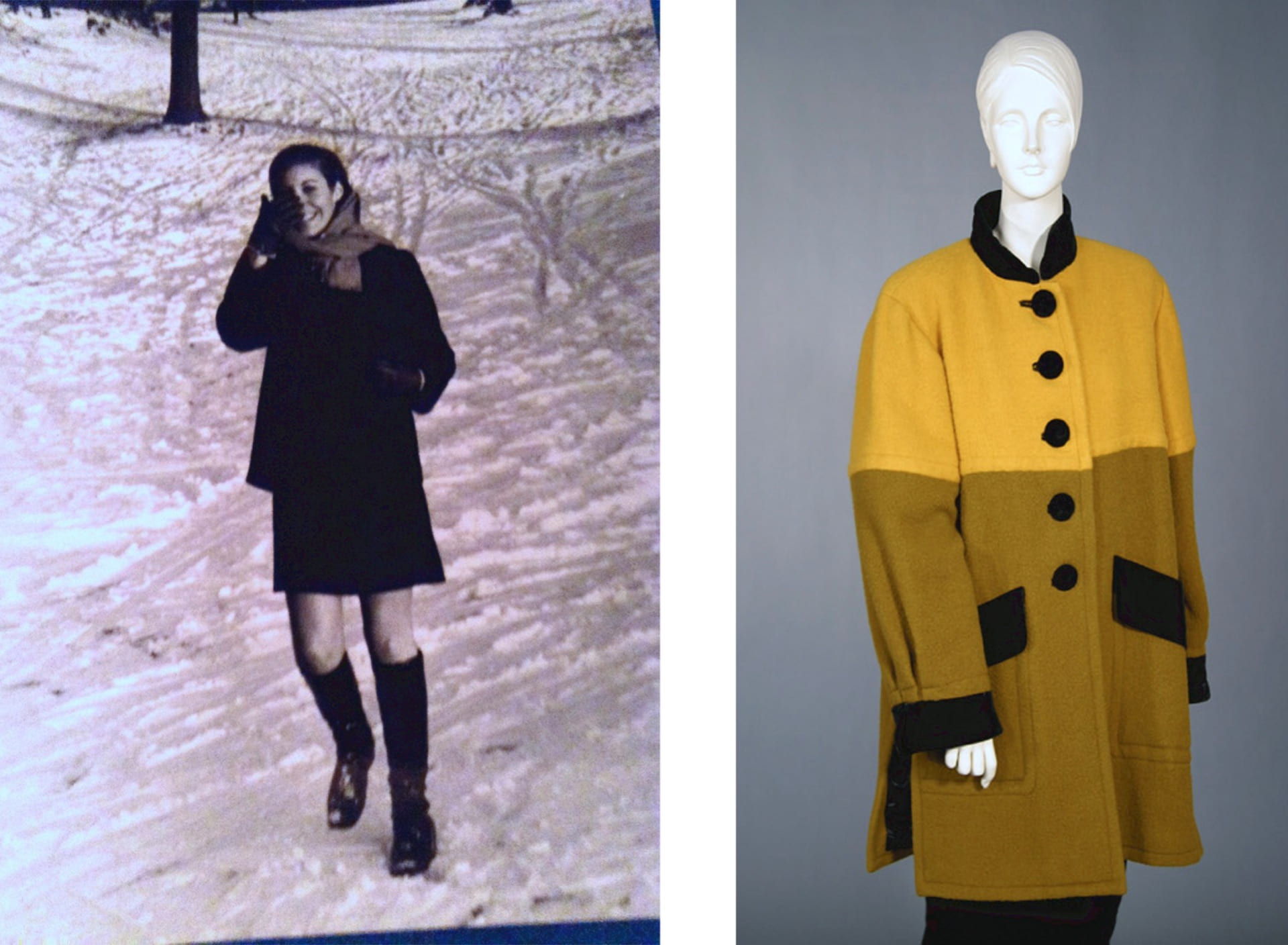
An article rich in information. The fashions mentioned are excellent, which inspires businessmen like us.